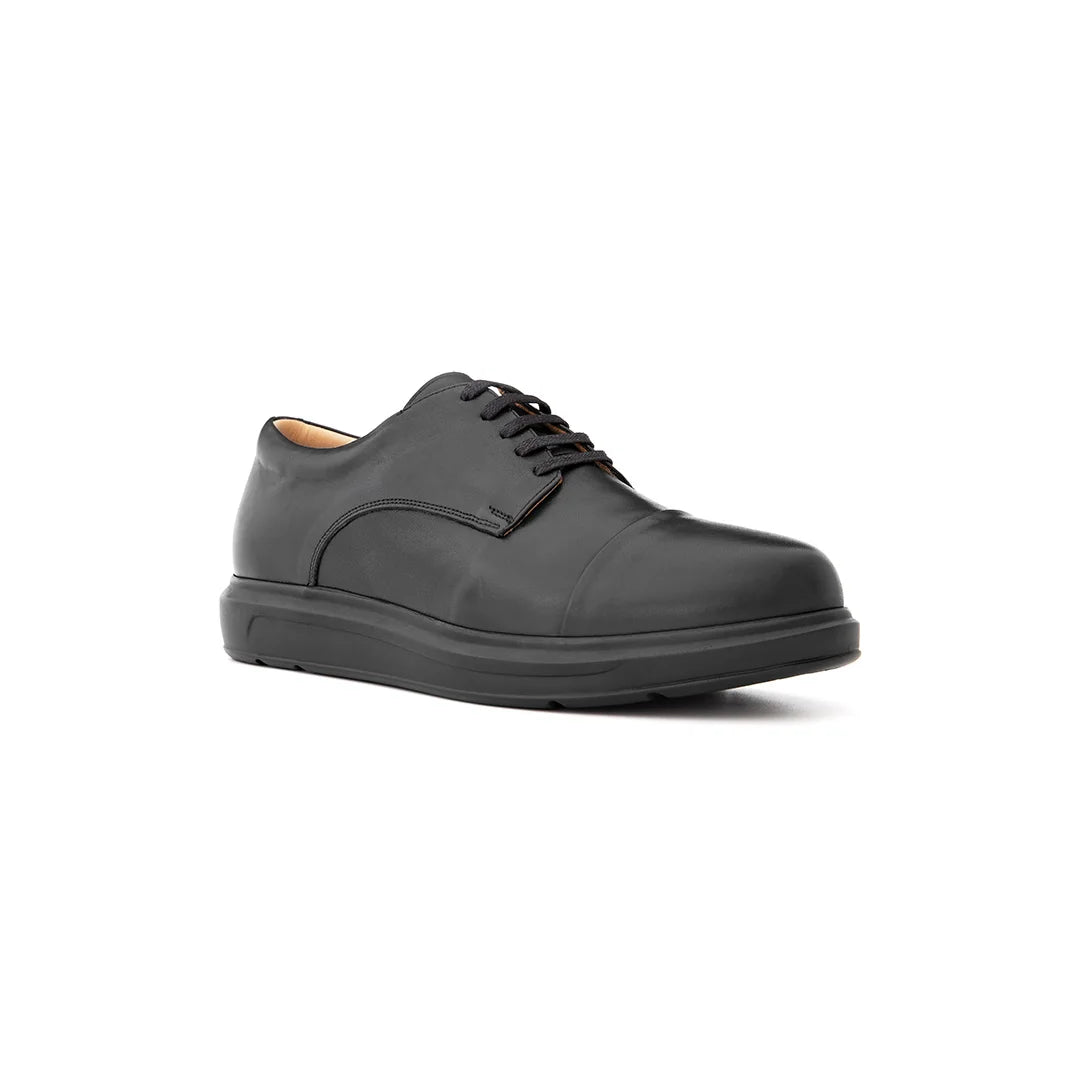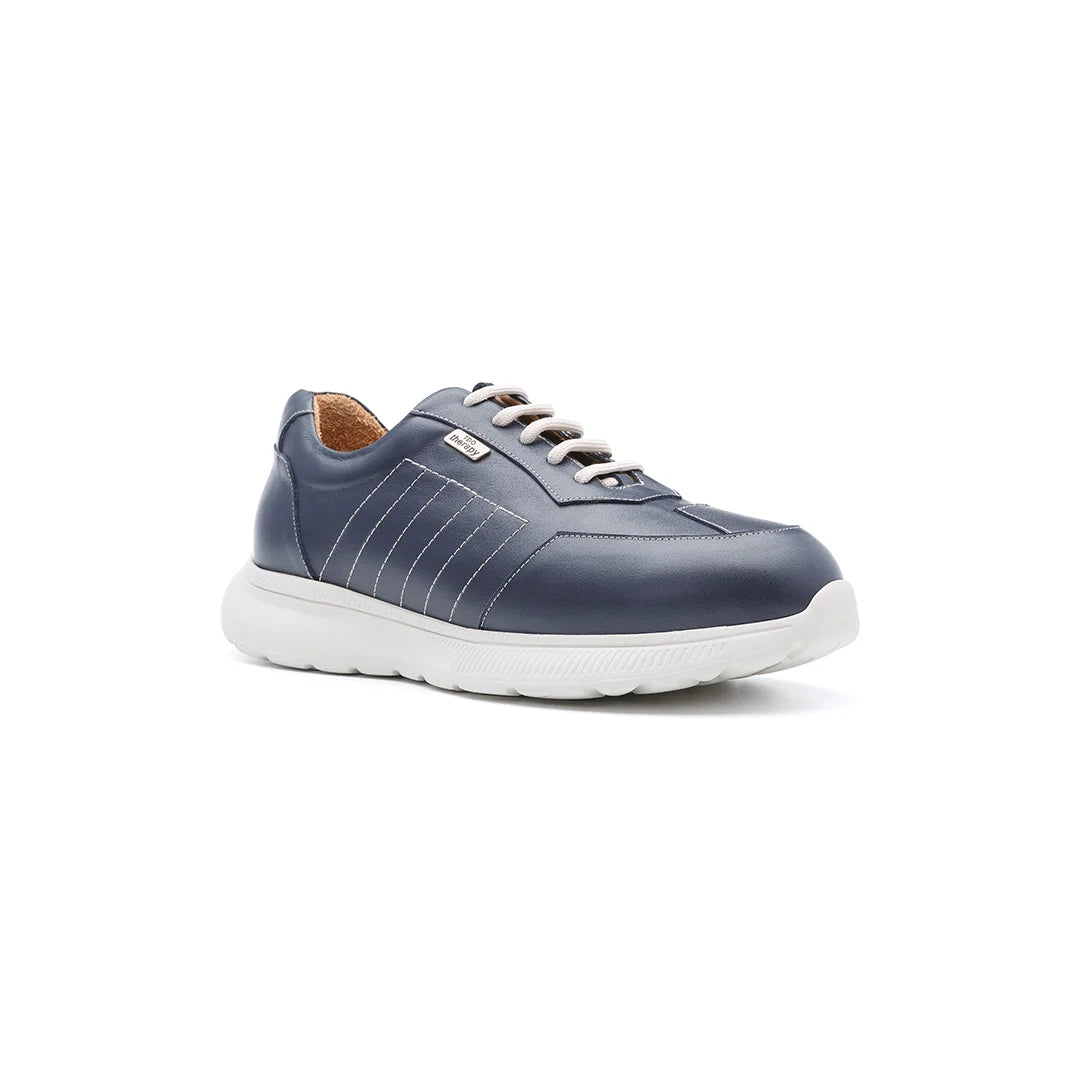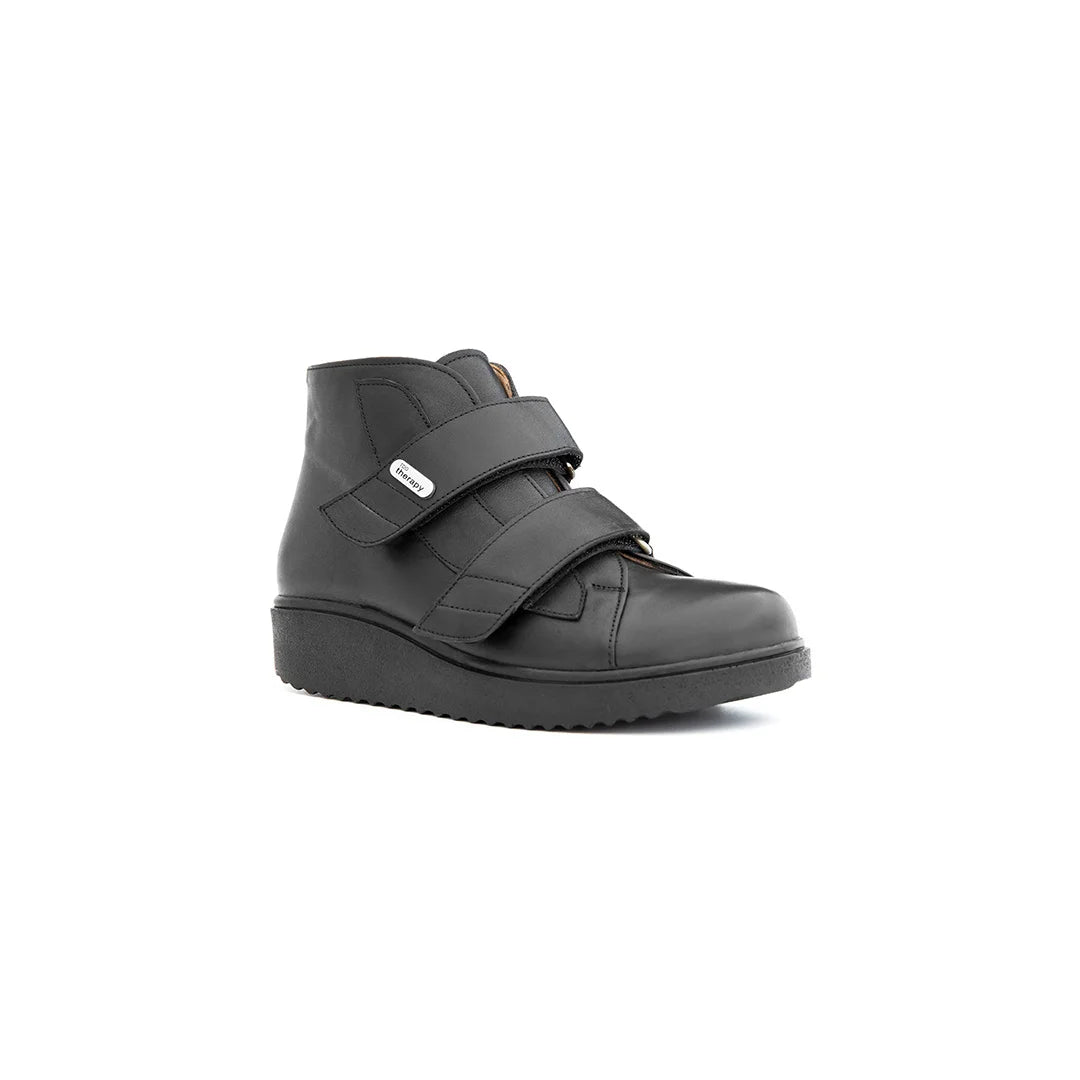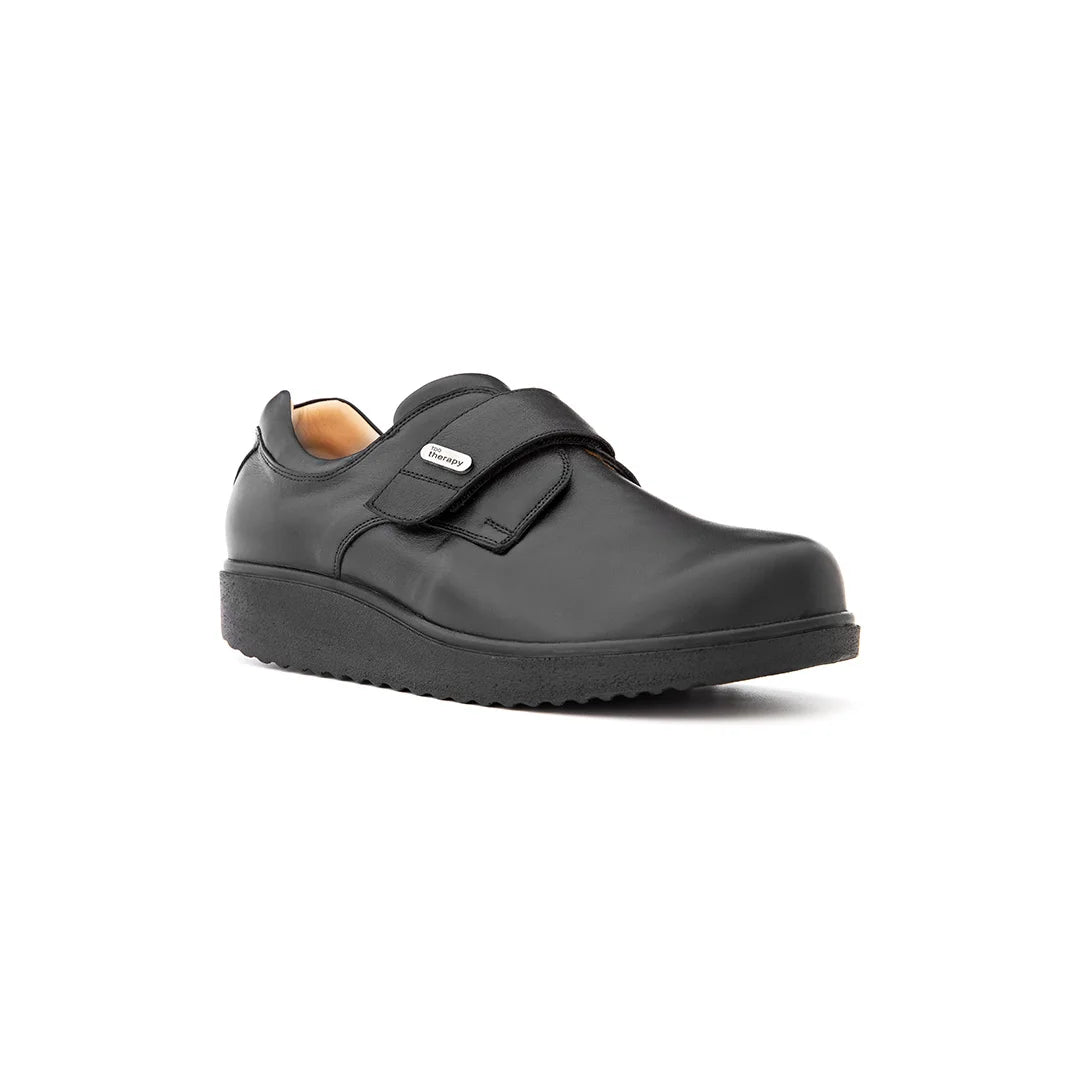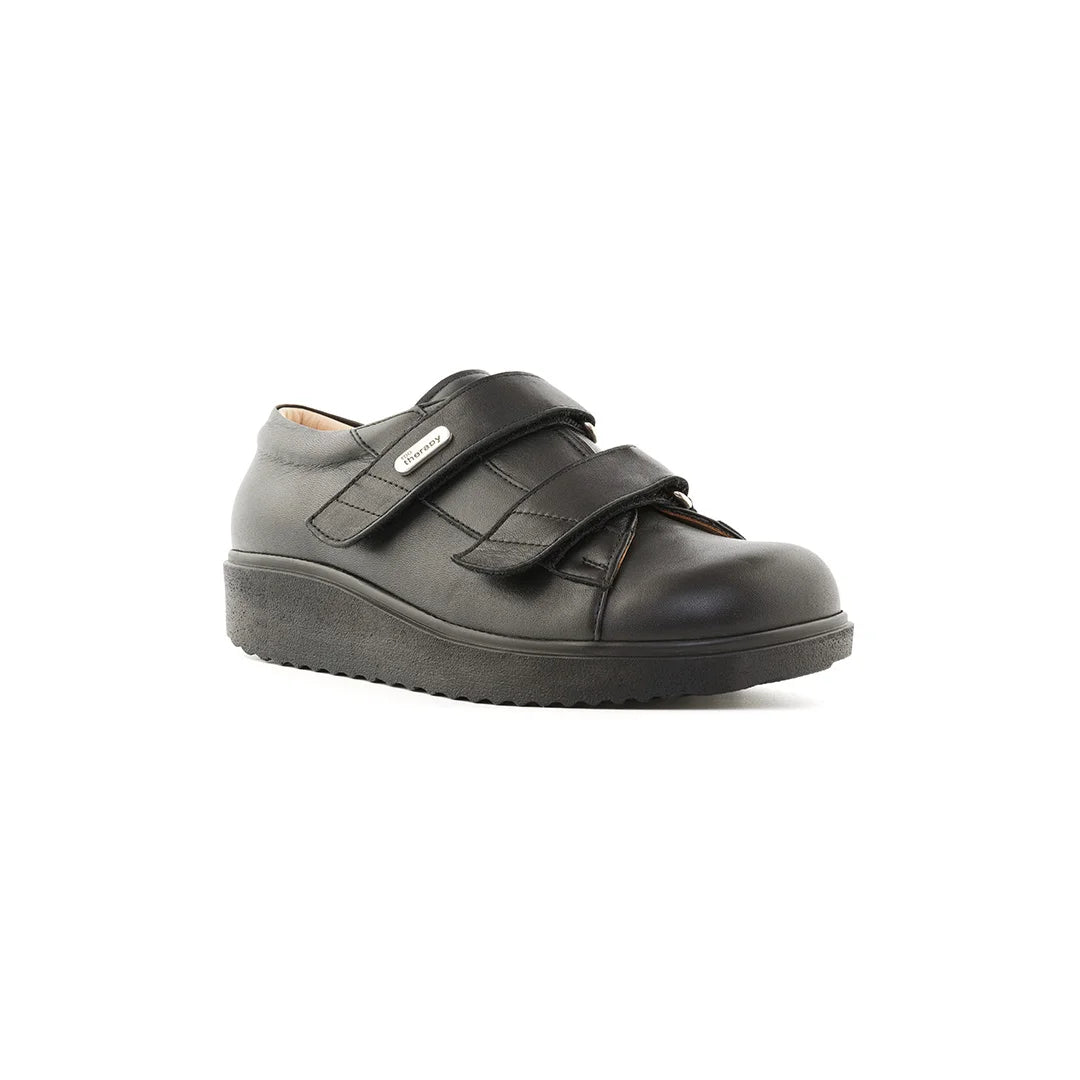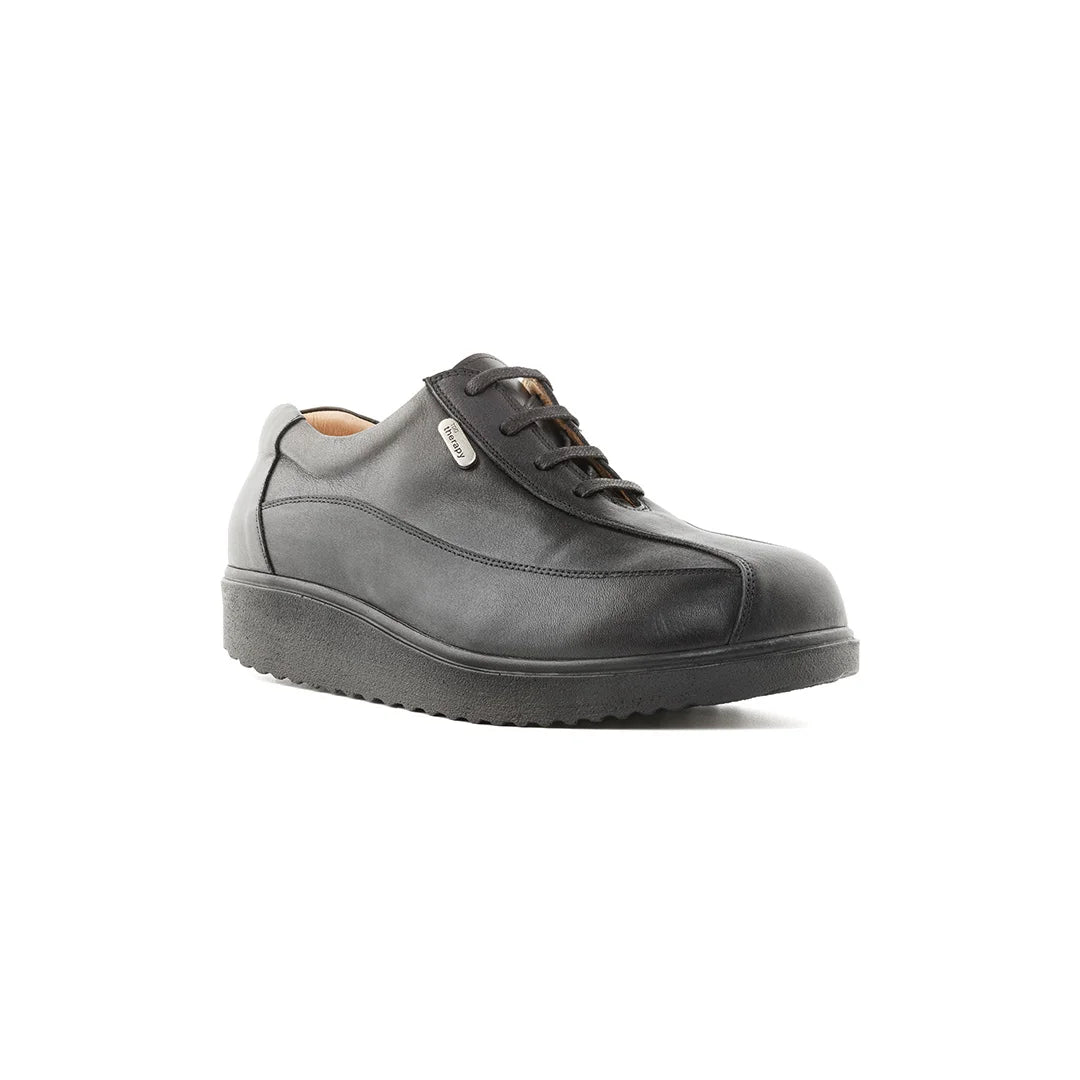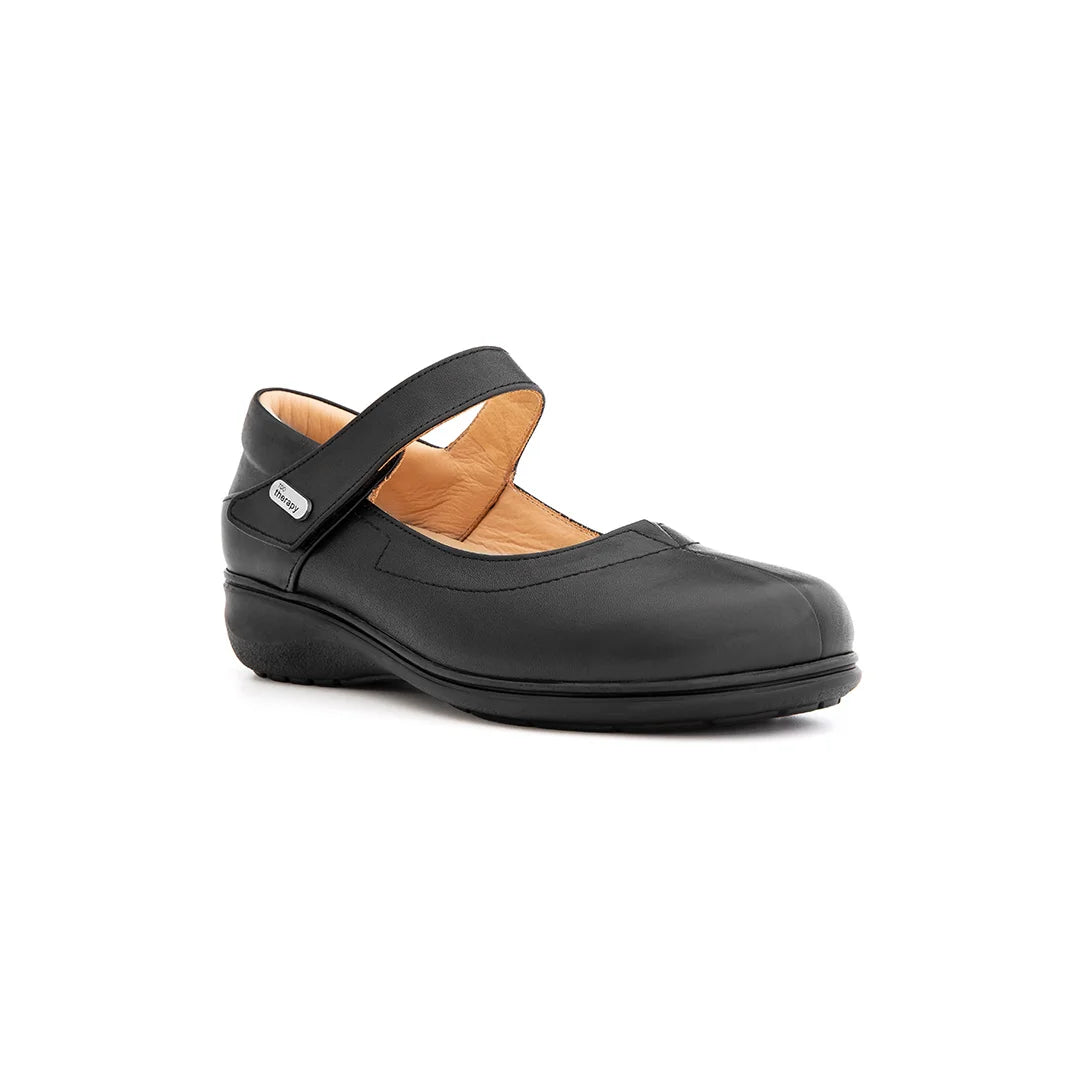Ankles play a crucial role in mobility, absorbing shock and stabilising every step. But when they are weak, injured, or affected by chronic conditions, walking can become painful and unstable. The right shoes can make all the difference by providing the ankle support needed for safe, comfortable movement.
This guide explores the best shoe features for ankle support, why orthopedic footwear matters, and practical tips to keep your ankles strong and protected.
Common Reasons for Needing Ankle Support
-
Previous injuries such as sprains or fractures
-
Arthritis causing stiffness and instability
-
Flat feet or overpronation affecting ankle alignment
-
Neuropathy reducing balance and sensation
-
General weakness in older age leading to falls

Key Features of Shoes for Ankle Support
High-Cut or Supportive Uppers
Provide structure around the ankle and reduce side-to-side movement.
Firm Heel Counters
Stabilise the rearfoot and prevent rolling or wobbling.
Rocker Bottom Soles
Promote smooth forward motion while reducing strain on the ankle joint.
Cushioned Insoles
Absorb shock and protect joints during walking.
Adjustable Fastenings
Velcro or laces keep the shoe secure and tailored to the individual.
How Orthopedic Shoes Improve Ankle Stability
-
Reduce Risk of Falls – Wider soles and stable bases prevent missteps.
-
Support Weak Ankles – Extra padding and reinforcement reduce movement.
-
Encourage Natural Alignment – Prevents twisting or collapsing inwards.
-
Aid in Rehabilitation – Suitable for post-injury recovery and long-term support.
-
Compatible with Orthotics – Work with insoles or braces for enhanced protection.
Everyday Tips for Protecting Ankle Health
-
Choose shoes with secure fastenings over slip-ons.
-
Perform ankle-strengthening exercises like calf raises.
-
Avoid high heels or overly flexible footwear.
-
Wear ankle braces if prescribed by a clinician.
-
Replace worn-out shoes regularly to maintain stability.
Final Thoughts
Ankle weakness or pain doesn’t have to limit your lifestyle. The best orthopedic shoes for ankle support in the UK combine stability, cushioning, and alignment features to make walking safer and more comfortable. By choosing supportive footwear, you can protect your ankles, reduce the risk of injury, and enjoy greater independence in daily life.




